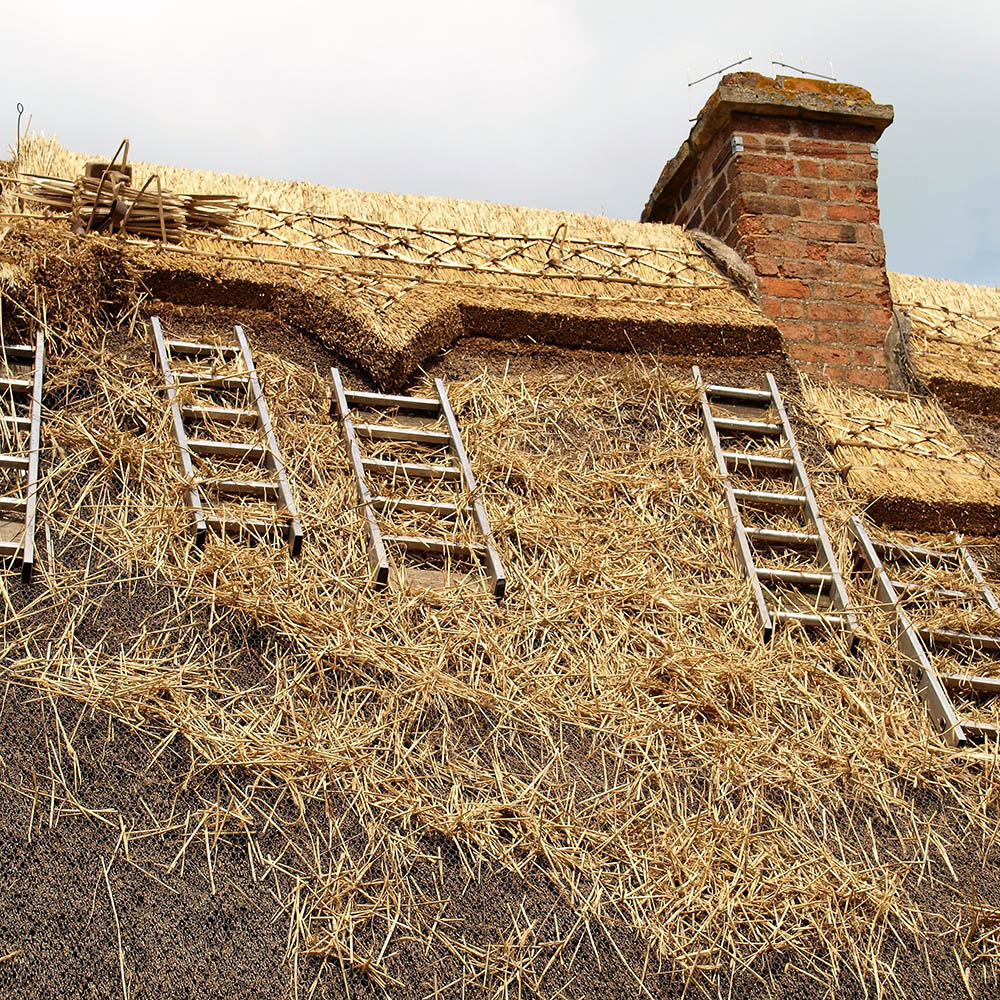Whilst wind is free, the means to extract the power from it is not. Consequently serious consideration must be given to siting the turbine to get the best possible performance and reliability from it.
It is essential that turbines be sited away from obstructions. In practice, especially for very small machines which need to be located near the user, ideal siting will not be easy. As far as possible though, keep away from local obstructions such as large trees and houses, or use a taller tower to ensure that the turbine is well above the obstruction. The potential site should be assessed for its wind strength and direction.
Basic Requirements
Get a reliable estimate of the winds to be expected at the proposed site. There is no substitute for actual measurements. The turbine manufacturers should be prepared to help. You can get an estimate of the annual mean wind speed for a given location by entering the OS grid reference into the UK wind speed database. Mount the turbine on as high a tower as possible and well clear of obstructions, but do not go to extremes. Easy access will be required for erection and foundation for the tower may be needed depending on the size and tower type. It is also important to ensure that the wind turbine can be easily lowered for inspection and maintenance. Try to have a clear, smooth fetch to the prevailing wind, e.g. over open water or smooth ground. If possible site the turbine on a smooth hill. Use cable of adequate current carrying capacity (check with the turbine supplier. This is particularly important for low voltage machines). Cable costs can be substantial. Consult your local council as to whether you need planning permission. You should try to minimise the environmental impact of the turbine, and it will be helpful to inform your neighbours of your plans at an early stage. For larger machines you may have to pay rates. This can make a big difference to the economics of installation, again you should find this out by consulting your local council.

